Which winter sport is for you? Discover your cold-weather adventurer style
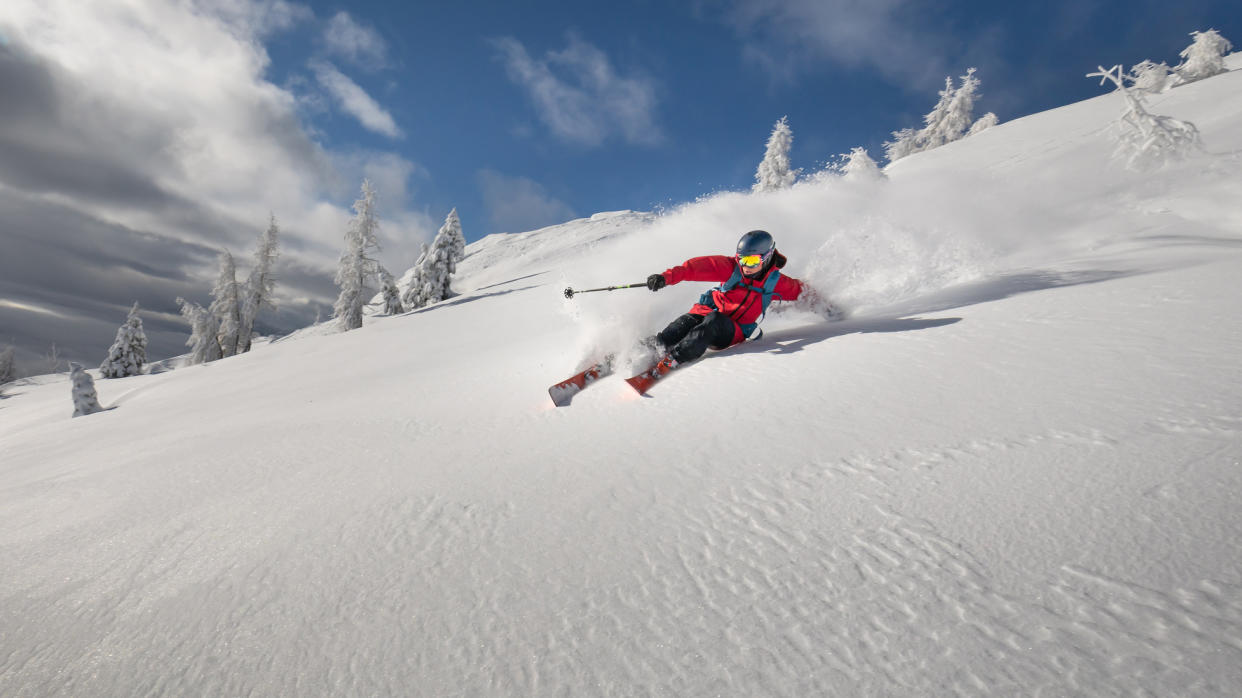
Winter sports are a great way to keep your active, outdoor lifestyle going year-round. Sure, you can buy some winter traction devices and just keep hiking and trail running through the cold months, but if you’re anywhere with an abundance of snow, it could also be a great opportunity to mix things up and get into something new.
The popular image of winter sports is one of elite skiers flying down slalom runs, snowboarders performing "rad" tricks and of scores of bobble hat wearing youngsters spending more time in the après ski bars than on the slopes. Yet, winter sports offer a huge range of adventure styles, from epic, slower cross country ski journeys and snowshoeing days to committing ski mountaineering routes and daring climbs on vertical ice. There's something for everyone.
The question is, which winter sport do you choose? Do you have a need for speed or do you prefer to slow down and take in your surroundings? Is it all about charting a new course or do you love the uniformity of refining your technique? With so many winter sports, it'd obviously be pricey to try them all to find out which one is for you.
Before you end up with winter hiking boots, ski pants, snowshoes and crampons all gathering dust in your closet, we’ve come up with five different types of adventurer to help you find an activity that suits your adventure style.
Meet the expert
The adrenaline junkie
Snowboarding is a wonderfully thrilling pursuit
Ice climbing can involve a fair bit of risk but is hugely rewarding
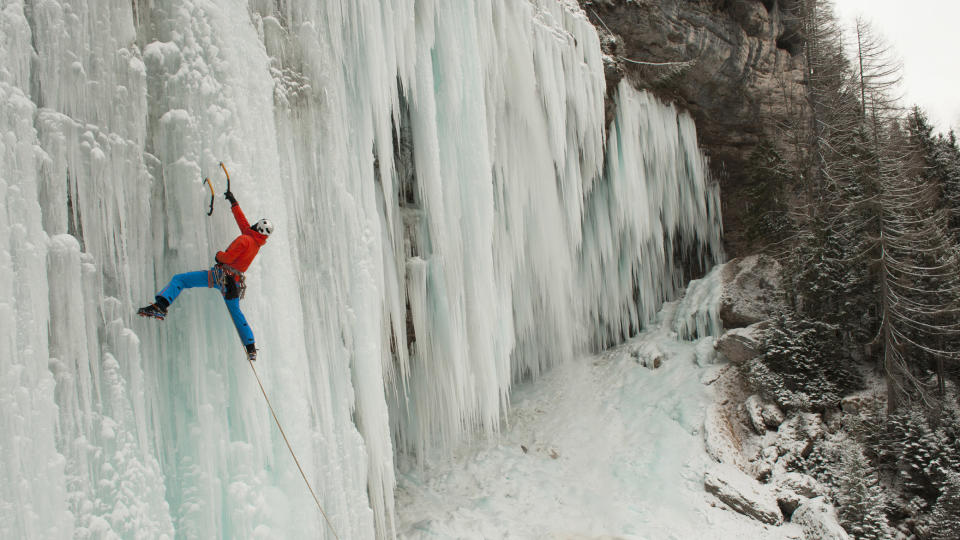
Is it the thrill you seek when you’re outdoors? Do you want to feel the rush of the wind in your face, make up the rules as you go along and maybe even sling an ice axe or two? If so, you’re most likely craving type 2 fun and might love the creativity of strapping both feet to one single plank and carving your way down the mountain on a snowboard.
For an even higher risk activity, don a pair of crampons and clamber up a frozen waterfall with ice climbing. Unlike rock climbing routes, ice climbing routes change by the day, so this one is sure to keep you on your toes. The ephemeral nature of frozen ice means that a route that's there one day may not be there the next.
The competitive one
Alpine, or downhill, skiing offers to opportunity to hone your technique
The ice rink allows you to develop your skating skills
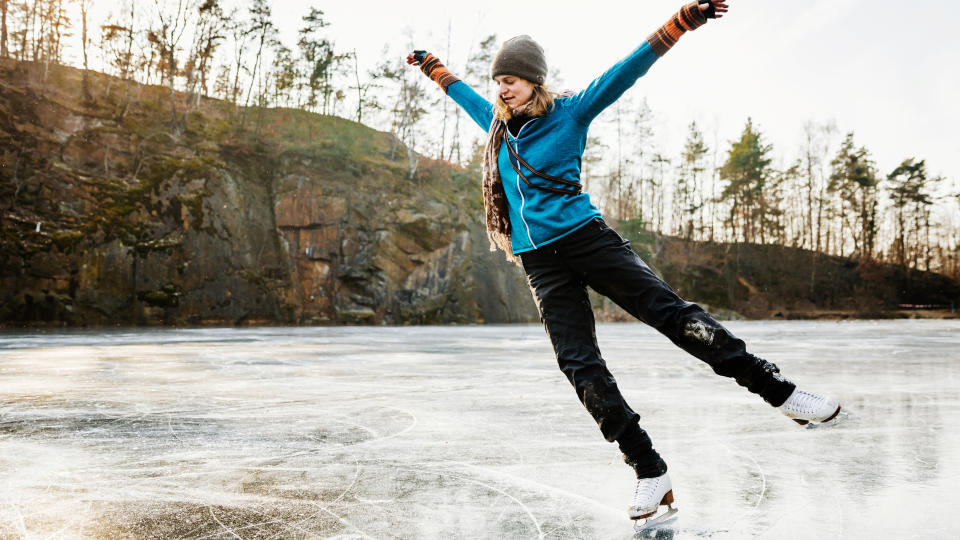
Perhaps you prefer a little more structure than snowboarding requires and a clear sense of definition and direction so you can be the best at your chose activity. If so, there are winter sports that are a little less freeform and give you plenty of opportunity to work on technique.
Top of the list is alpine, or downhill, skiing. You might do it on the same terrain as snowboarders, but without your feet tied together you can move in a more uniform fashion that will feel more familiar.
If you love to focus on technique but want an even more controlled environment than the ski slopes, head to the skating rink where you can focus on skillful gliding, axels and waltzing (you can also skate on frozen lakes in the wild of course, but that version is for adrenaline junkies).
The wayfinder
Backcountry skiing, cross country skiing and snowshoeing allow you to fully immerse in winter journeys
Dog lovers will enjoy the pursuit of skijoring
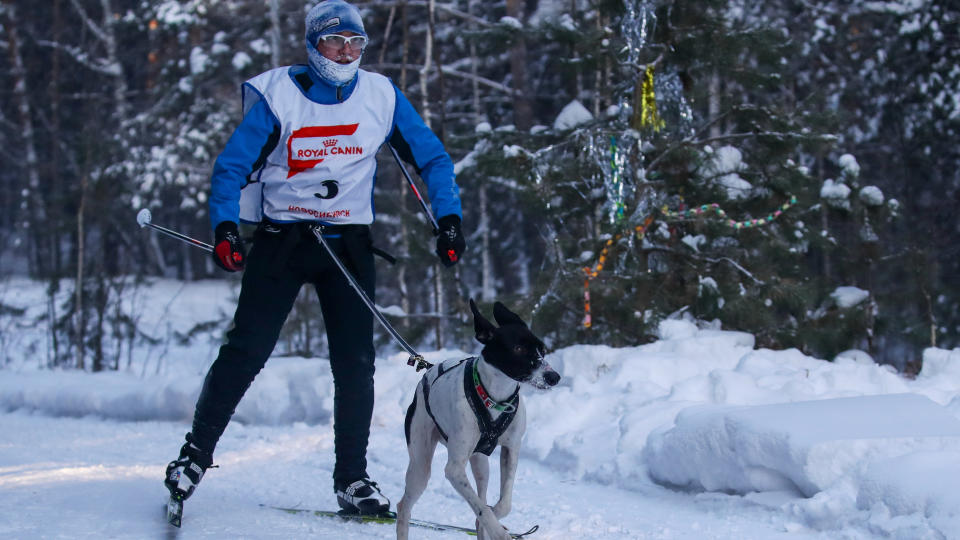
Wayfinders love navigating in the wild, and your winter sport will be just as much about the journey as the destination.
How you explore the wilderness depends on your physical preferences. With backcountry skiing, you can put skins on your skis to glide uphill then remove them and alpine ski downhill, which adds a little excitement.
Cross country skis are skinnier, and better suited to flat or rolling terrain, but great for anyone who wants a serious workout and to travel fast.
If you prefer to keep things at a walking pace and really soak in your surroundings, explore the backcountry on a pair of snowshoes, where you’ll move at a slow hiking pace.
Finally, if you love charting a course and navigating it but don’t want to leave your canine companions behind, harness up your pups and try skijoring.
Finally, if you are navigating the backcountry, remember to bring a compass and an avalanche beacon.
The lighthearted one
Sledding is great, lighthearted fun that can be enjoyed with little ones
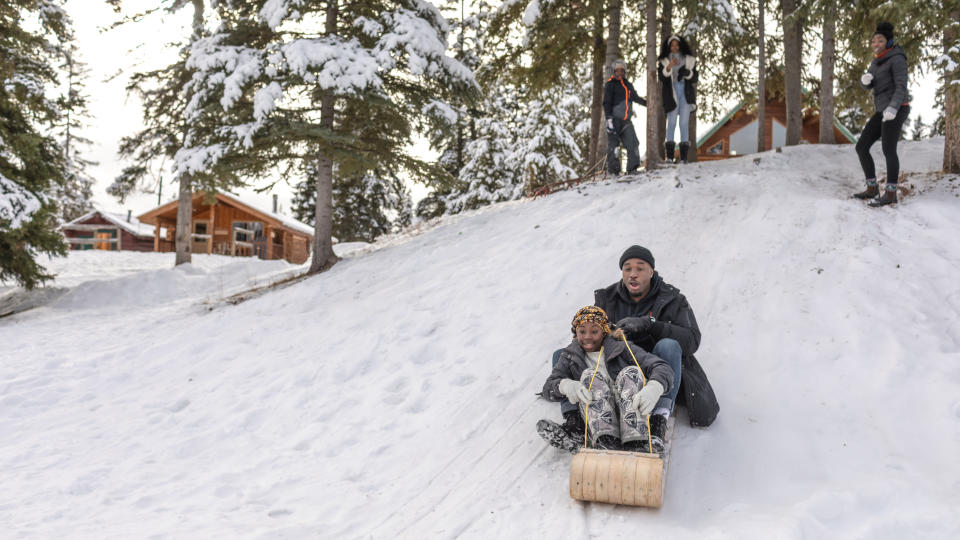
Lots of winter sports are playful, but perhaps none more so than good old fashioned sledding. Sledding might seem like something that’s just for kids, but sleds have come a long way in recent years and kids aren’t required (though they’ll love it if you bring them along).
Most of the work in sledding comes in trudging uphill with your sled, but then it’s all downhill, usually for a shorter distance than skiing, where you can have a flask of hot chocolate stashed and waiting for you.
The trailblazer
The sport of ski biking is a relative newcomer and offers plenty of pioneering potential
If you want to get into something for which there aren’t yet a ton of rules, ski biking isn’t exactly new but it’s still very much fringe, at least in the US. This sport entails racing downhill behind the handlebars of a bicycle that’s been modified with ski blades instead of wheels.
It’s common to also wear skate skis while you’re doing it, and you’ll need edge control like you do for skiing, only you’ll be sitting down and steering like riding a bike. It’s been more popular in Europe but it’s not yet an Olympic sport, so we imagine there’s still plenty of pioneering to be done if you’re up for the challenge.

